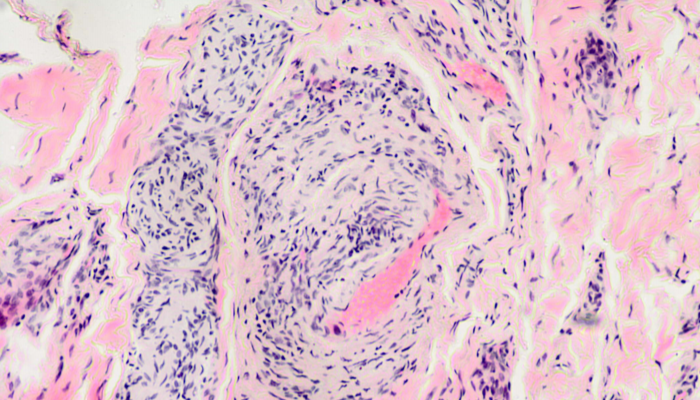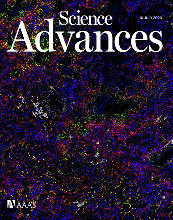New treatment for Dupuytren’s Disease
Published: 13 July 2020
A condition that causes deformity of the hand and in severe cases disability can now be successfully treated by drugs initially developed for different forms of arthritis, Institute researchers have found.

A condition that causes deformity of the hand and in severe cases disability can now be successfully treated by drugs initially developed for different forms of arthritis, Institute researchers have found.
Dupuytren’s Disease is a common and progressive fibroproliferative disorder, that results in either the little or ring finger to be pulled in towards the palm.
The deformity can impair hand movement to the extent that it severely limits daily activities, including self-care and employment, and leads to a reduction in health-related quality of life.
There are no approved treatments for the early stages of the disease and a high recurrence in late-stage disease, when therapies, including surgery and injection therapy, work for only a limited length of time.
Across the UK, the prevalence of the disease is approximately 20 per cent. The prevalence is much higher in Scotland – 40 per cent of the population - while in Scandinavian countries, it affects around 30 per cent of men over 60.
The higher frequency in Scotland is accounted for by the fact the disease is genetic, with more people here carrying Celtic or Irish genes than other parts of the UK.
However, a team led by Mr Neal Millar, iii Clinical Senior Lecturer in Orthopaedic Surgery, has discovered that two drugs developed in recent years for the treatment of different forms of arthritis can block the fibrotic response found in Dupuytren’s Disease.
The drugs are:
- Cytokine inhibitors, which have been used successfully for treating rheumatoid and other forms of arthritis for around 15 years
- JAK inhibitors, which became available around five years ago, and are also used for the treatment of inflammatory arthritis.
Mr Millar said: “Our work using patient samples from Dupuytren’s Disease has discovered a key role for these drugs.
"We were able to reverse these fibrotic changes in human cells. Until now, there has been nothing out there for these patients.”
These drugs are licensed for use in the treatment of the disease only; under drug regulations, they must undergo further testing for use in the treatment of a different disease.
Mr Millar and his team, whose research was recently published in Science Advances, have submitted a patent for the discovery of the new use for the drugs.
They have also been awarded a grant from the MRC (Medical Research Council) EMINENT programme to conduct experimental therapeutic trials, which he anticipates could start in a year’s time.
All being well, the drugs could be cleared for use in Dupuytren’s Disease in just two to three years’ time.
The team's work, specifically the ability to take tissue from patients suffering from this disease to use as a surrogate for tests related to other fibrotic illnesses, such as lung and kidney fibrosis, has uncovered another potential use.
Mr Millar explained: “One of the problems associated with these illnesses is the difficulty getting tissue from patients.
"We have been using tissue from Dupuytren’s Disease as a surrogate as we know the process of its development as happens in liver and kidney fibrosis.
"We believe that these drugs may also be effective in the treatment of other fibrotic diseases - and this would offer a major breakthrough in the treatment of life-threatening conditions that affect hundreds of thousands of patients."

Attenuation of Dupuytren’s fibrosis via targeting of the STAT1 modulated IL-13Ra1 response
- Moeed Akbar, Emma Garcia-Melchor, Sabarinadh Chilaka, Kevin J. Little, Shatakashi Sood, James H. Reilly, Foo Y. Liew, Iain B. McInnes, Neal L. Millar.
- Science Advances 10 Jul 2020: Vol. 6, no. 28, eaaz8272, DOI: 10.1126/sciadv.aaz8272
This study was supported by a Medical Research Council (MRC) UK award.
First published: 13 July 2020

